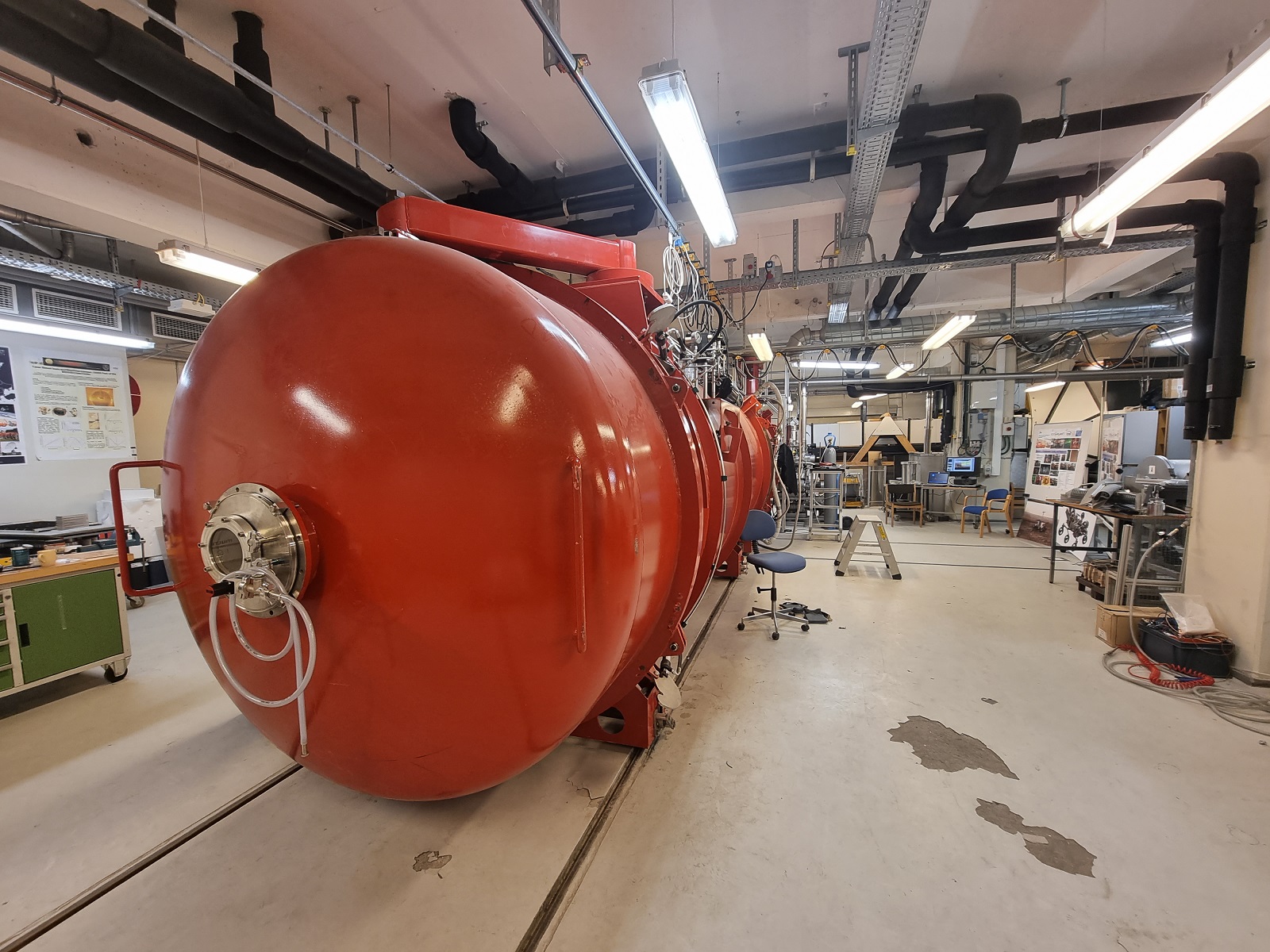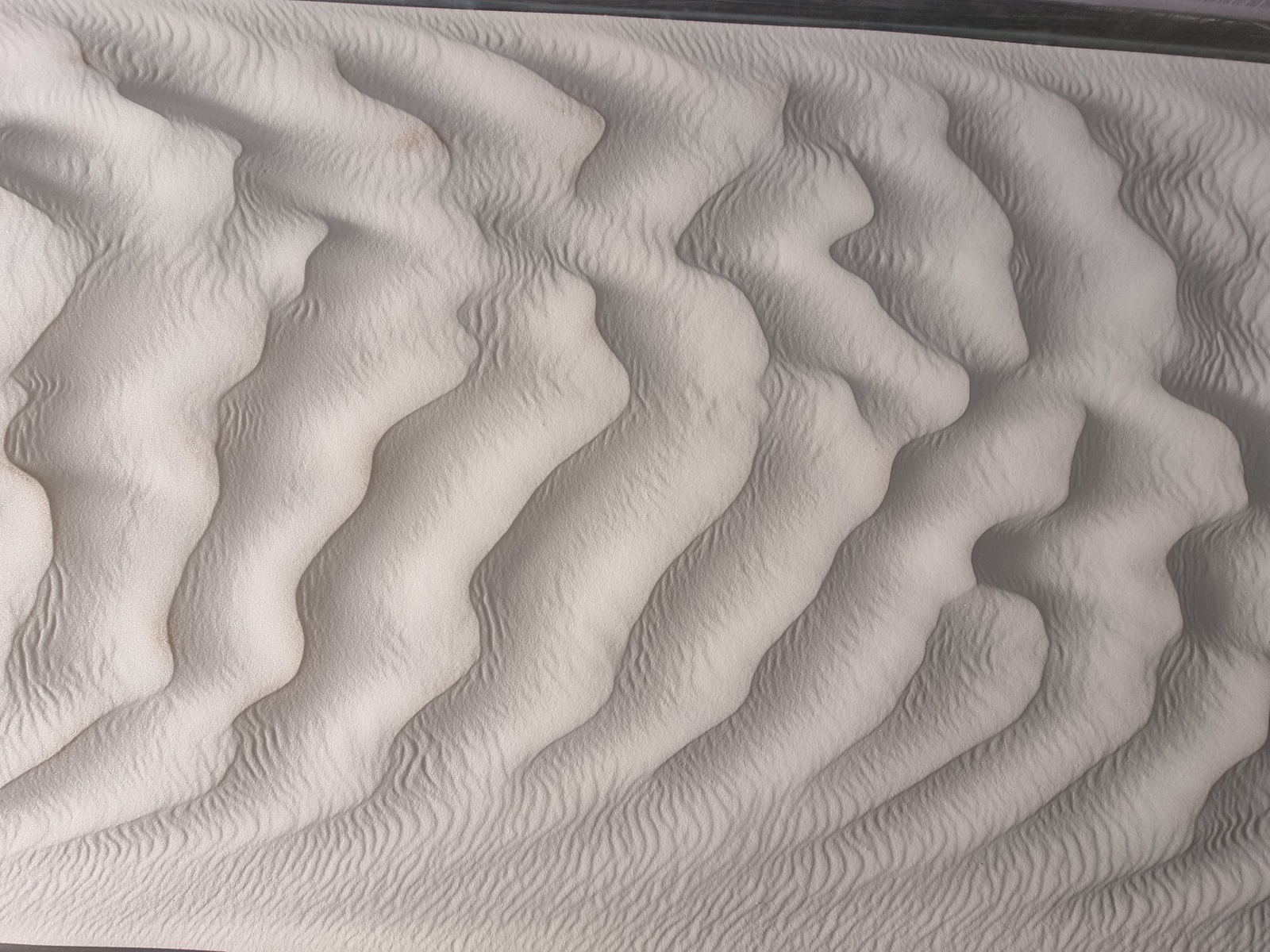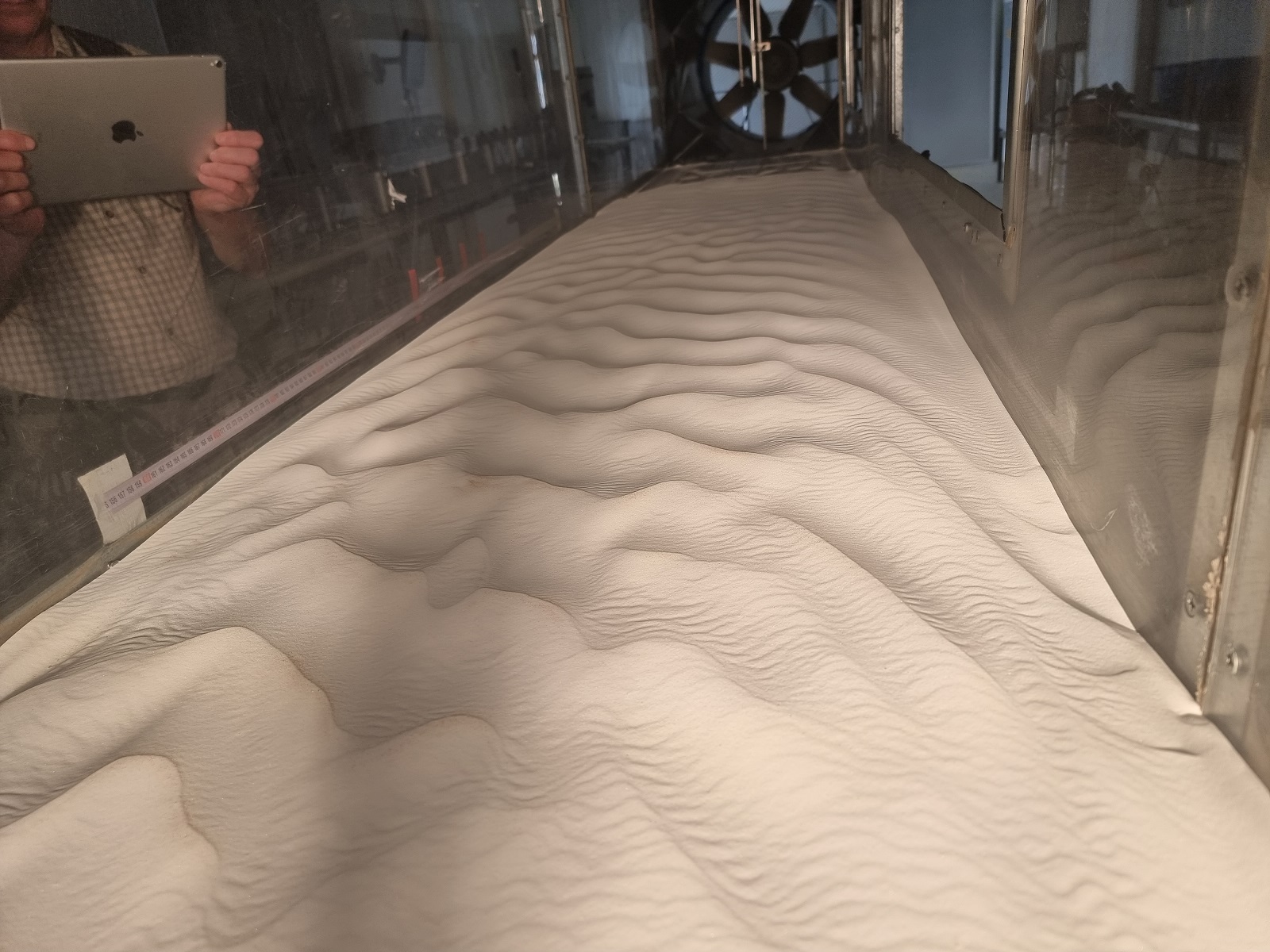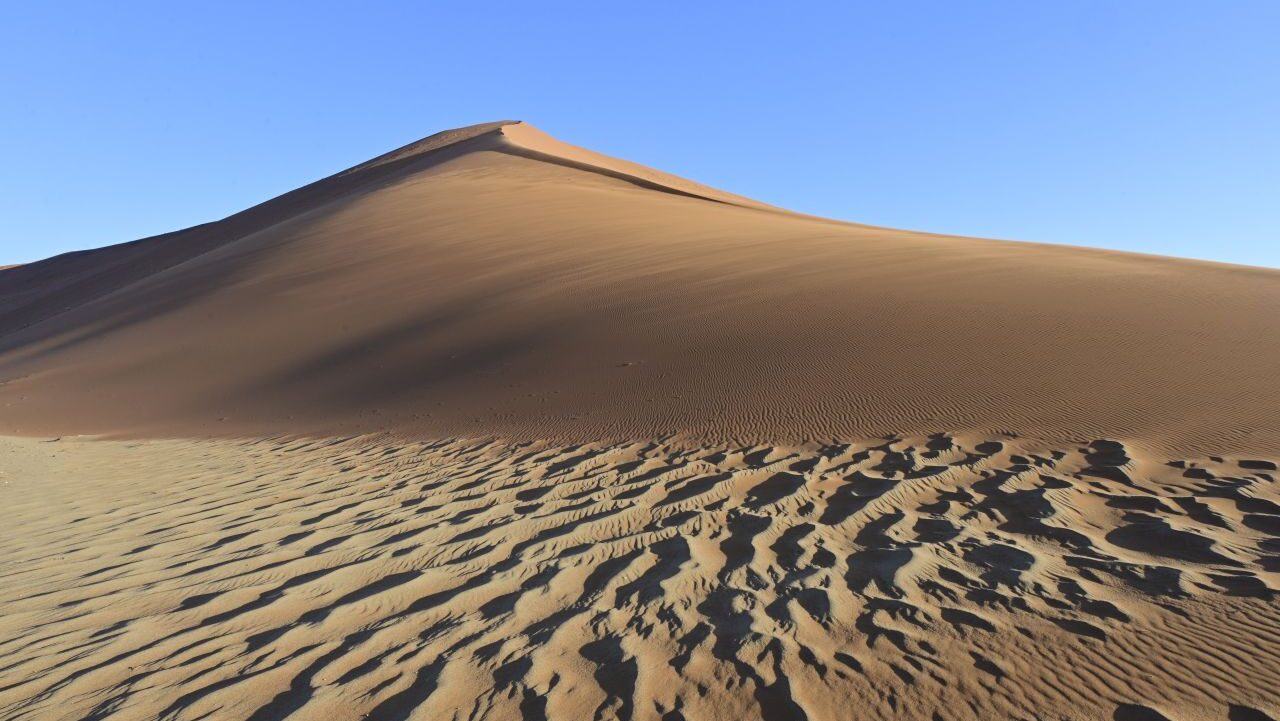Ben-Gurion University Scientists Unravel Mystery of Sand Ripples on Mars and Earth
“It's difficult to concentrate on science now, but when you're focused on work, you forget about everything else,” shares Professor Hezi Yizhaq, whose son is currently serving in Gaza
Scientists at Ben-Gurion University have proposed a groundbreaking theory to explain the enigmatic sand ripples observed on Mars and Earth. Shaped by wind forces, these formations exhibit curious symmetry despite the inherently chaotic nature of wind. The intriguing aspect lies in the possibility of a unified explanation for their formation across two distinct celestial bodies within our solar system.
This comprehensive study was done by Prof. Hezi Yizhaq alongside Prof. Itzhak Katra and an international team of researchers hailing from Denmark, Germany, Italy, China, and the US.
Prof. Yizhaq, a member of the university’s Department of Solar Energy and Environmental Physics, shared insights into this remarkable research with The Media Line.
How It Started
The photos taken by NASA’s Curiosity rover on Mars in 2015 showed two main types of sand ripples: big ones that stretch for meters and smaller ones that are only a few centimeters tall. Scientists used to think that the small ripples on Mars were made by particles hitting the ground after being carried by the wind. They believed the bigger ripples were formed because of how fluids move underwater, like in rivers or oceans.
It was previously believed that these ripples could only form on Mars due to its unique conditions. However, Profs. Yizhaq and Katra conducted experiments in special tunnels at both Ben-Gurion University in Israel’s Negev Desert and Aarhus University in Denmark. They showed that these same kinds of ripples could actually form here on Earth, too.

The wind tunnel at Aarhus University in Denmark. (Courtesy Prof. Hezi Yizhaq)
This discovery challenges existing saltation models and suggests a closer relationship between grain transport and wind speed, implying that saturation lengths differ from prior assumptions.
Various funding bodies supported the research, including the Israel Science Foundation, the German-Israel Foundation for Scientific Research and Development, the National Natural Science Foundation of China, the Texas A&M Engineering Experiment Station, and the Horizon 2020 Research and Innovation Program.
In their quest to understand the strange patterns seen on Mars, the team felt inspired to dive into their research. Speaking to The Media Line, Prof. Yizhaq explained their starting point:
On Mars, the sand is really fine, just 100 microns, while on Earth, dunes have much larger grains, around 250 microns
“On Mars, the sand is really fine, just 100 microns, while on Earth, dunes have much larger grains, around 250 microns. So, we needed to find very fine sand. We ended up using glass beads made in Germany and started testing them in a wind tunnel at Regina University,” he said.

In Ben-Gurion University’s wind tunnel, glass beads form two wave scales: small waves at a centimeter wavelength and larger waves around 10 centimeters. This dual wave phenomenon highlights the similarity of Martian and terrestrial formations. (Courtesy Prof. Hezi Yizhaq)
After conducting careful experiments and using math to model their findings, the professors confirmed the presence of two kinds of ripples. “Actually, on Mars, the big ripples are about a meter. But in our wind tunnel tests on Earth, they’re only about 10 centimeters. That’s because everything is smaller on Earth due to differences in air pressure and atmosphere,” added Prof. Yizhaq.
Prof. Yizhaq reflected, “It took us over four years to complete this study, from setting up the wind machine to conducting the research and all the related tasks.” He added that his team received around $200,000 to $300,000 in funding for the entire project.
Unique Findings
This is the first time we’ve seen these patterns on Earth
“This is the first time we’ve seen these patterns on Earth,” remarked Prof. Yizhaq, further pondering the mystery. “Now we’re left wondering why we don’t see them [the ripple patterns] out in nature, only in our wind tunnel experiments. After this discovery, scientists will look better and maybe they will find it. I’ve been studying ripples for more than 15 years, and for me, it was a great discovery,” he added.
According to Prof. Yizhaq, his team had aimed to build a wind tunnel that would have cost almost $2.7 million (NIS 10 million). “Such a tunnel would have allowed us to significantly alter the air composition for our experiments,” he explained.
Scientists remain hopeful about constructing such a facility in the future. While no one has conducted this type of research before, Prof. Yizhaq proudly highlighted that “scientists worldwide working in this field acknowledge this discovery as significant, sparking further research in universities around the globe.”
Potential Travels to Mars and Scientific Curiosity
Scientists speaking to The Media Line emphasized this research’s importance, especially because it enhances understanding of the basics of how sand behaves, which is crucial for pure scientific exploration.
Imagine someday people heading to Mars—they’ll encounter a lot of sand-related challenges because Mars is like a giant desert
“Imagine someday people heading to Mars—they’ll encounter a lot of sand-related challenges because Mars is like a giant desert. Grasping the physics of how sand moves is incredibly valuable,” Prof. Yizhaq said.
“As for immediate applications, there aren’t any yet,” he continued. “But who knows? A better understanding of sand movement could eventually help with stabilization efforts or even aid future missions to Mars. We haven’t really thought about practical applications yet; right now, it’s just the beginning. It’s all pure scientific curiosity,” Prof. Yizhaq shared.

Sand ripples in the wind tunnel in the Aeolian Simulation Laboratory at Ben-Gurion University. (Courtesy Prof. Hezi Yizhaq)
The professors and their team still have more experiments ahead aimed at unraveling why we don’t observe sand formations like these in natural settings and deepening our understanding of the underlying mechanisms.
“Currently, the scientific community in Israel is relatively small, and continuing our research is proving to be quite challenging,” said Prof. Yizhaq. “Many Ph.D. students are serving in the army; my own son is currently in Gaza. It’s difficult to concentrate on science now, but when you’re focused on work, you forget about everything else. These are indeed challenging times,” he concluded.


